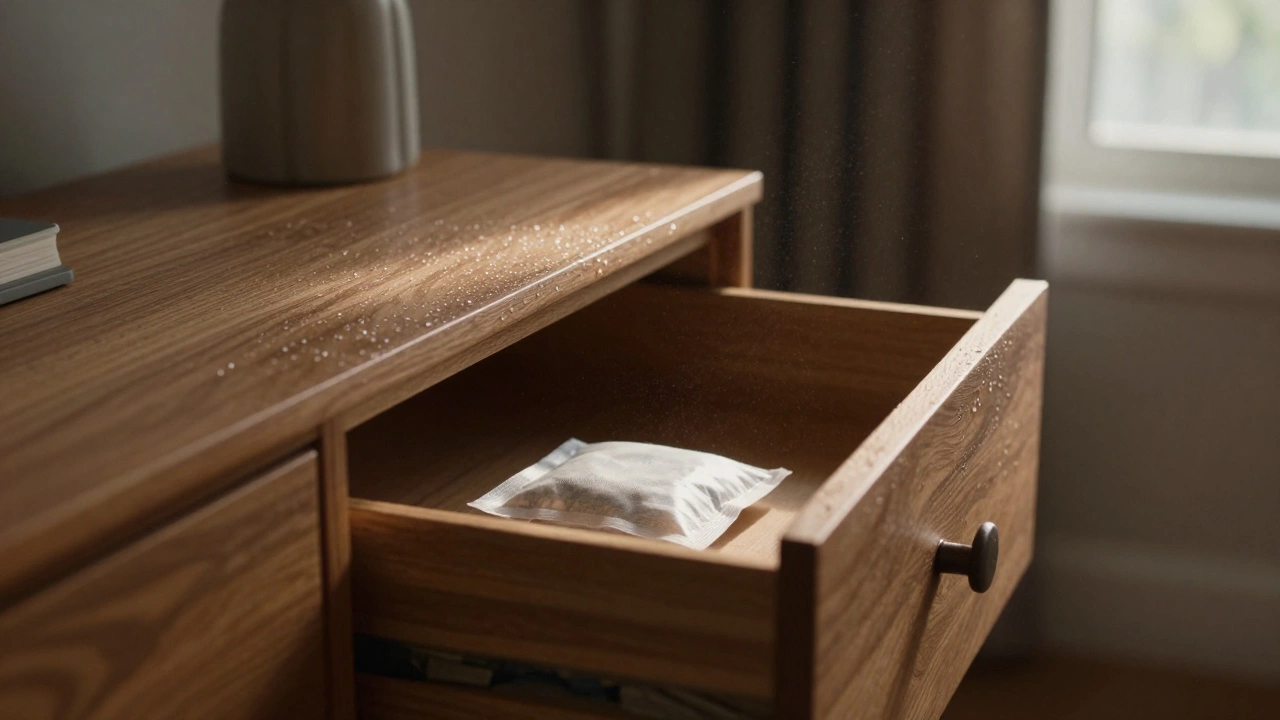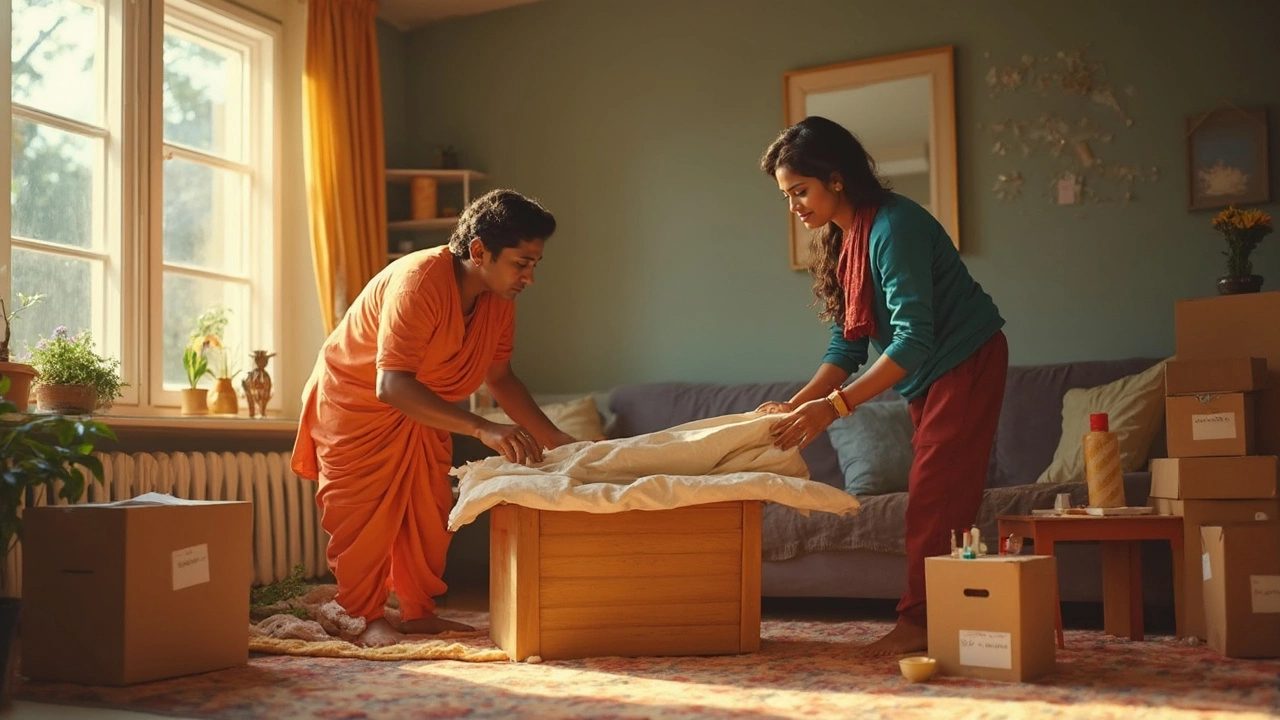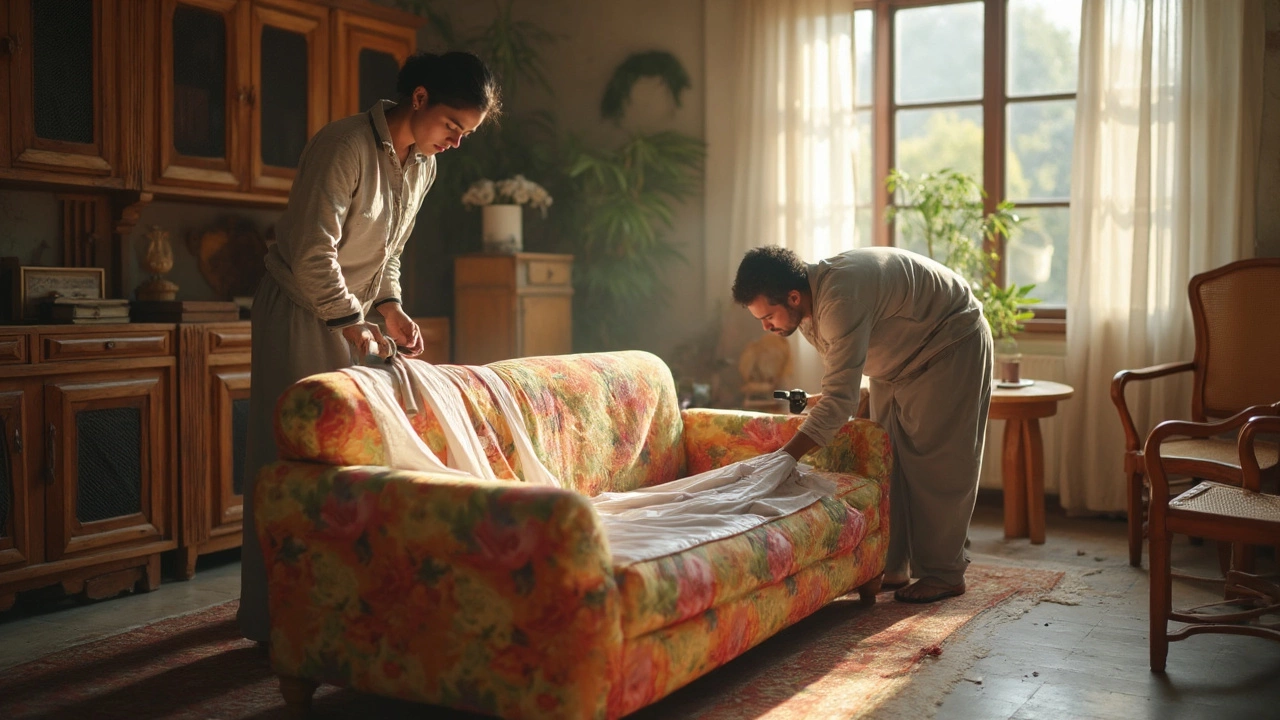Prevent Mold: Easy Ways to Keep Your Home Fresh
Got a musty smell or dark spots on walls? That’s mold trying to set up shop. The good news is you can shut it down with a few everyday actions. Below are the most useful tips you can start using right now.
Control Moisture Before It Becomes Mold
The biggest mold driver is excess moisture. Use a small hygrometer to check indoor humidity – aim for 30‑50%. If numbers creep higher, run a dehumidifier or open windows to let fresh air in. In bathrooms and kitchens, turn on exhaust fans while you shower or cook. Even a simple towel‑dry after a leak can stop mold spores from multiplying.
Keep Storage Areas Dry and Clean
Boxes, furniture covers, and seasonal gear love to hide in damp corners. Before you stash anything, wipe down surfaces with a vinegar‑water mix. Store items off the floor on shelves or pallets to let air circulate. If you’re using plastic bins, pick ones with tight‑closing lids and add silica gel packets to absorb lingering moisture.
Furniture is especially vulnerable. Upholstered sofas, especially those stored in basements, can develop mold under the fabric. Cover your couch with a breathable slipcover and avoid plastic wraps that trap humidity. For extra protection, sprinkle a light dusting of baking soda on the cushion before covering – it helps soak up any stray moisture.
Don’t forget to check hidden spots like behind radiators or under cabinets. Those dark nooks stay damp longer and are perfect mold breeding grounds. A quick flashlight inspection every few months can catch a problem early.
If you spot mold already growing, act fast. Scrub hard surfaces with a mix of detergent and water, then follow with a 1‑part bleach to 3‑part water solution. For fabric items, wash them in hot water with a cup of white vinegar. Always wear gloves and a mask to avoid breathing spores.
Finally, keep your home well‑ventilated year‑round. Open doors between rooms, use fans to move air, and consider a whole‑house ventilation system if you live in a humid climate. Good airflow means less chance for mold to settle.
By watching humidity, cleaning storage spots, and protecting furniture, you’ll make mold feel unwelcome. Keep these habits in mind and enjoy a healthier, fresher living space.
How to Stop Mold from Growing on Furniture: Simple Steps for Storage Pieces
Learn how to stop mold from growing on storage furniture with simple, practical steps that work in humid climates. Prevent damage and health risks with humidity control, airflow, and natural cleaners.
How to Protect Furniture from Mold in Storage
Mold loves dark and damp places—storage units are pretty much its favorite hangout. Protecting your furniture from mold isn’t just about saving money, it’s about keeping your stuff safe for the long haul. This guide breaks down what actually causes mold, quick steps to prep your furniture, the best ways to store it, and what to do if mold starts to show up. Stay ahead of mold with these simple tips and tricks, without any complicated jargon or expensive gear.
How to Prevent Mold on Furniture in Storage: Practical Tips That Work
Mold can ruin stored furniture quickly, turning it musty and unhealthy. This article breaks down clear steps anyone can follow to stop mold before it starts. You’ll learn what causes mold on furniture, which materials are most at risk, and exactly how to prepare furniture and your storage space. Get practical tips that work in real life to keep your stuff safe, dry, and mold-free.







